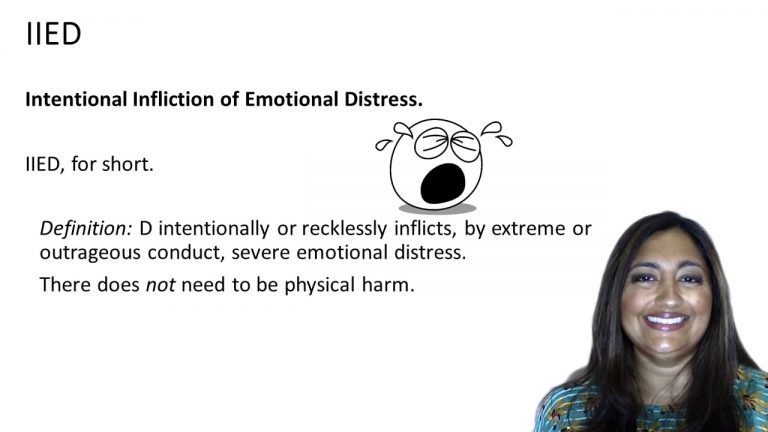SmartBrief
Confirm favorite deletion?
Torts Keyed to Dobbs
Catron v. Lewis
Citation:
712 N.W.2d 245 (Neb. 2006)Facts
The Plaintiff, Gaylen Catron, took his boat out on a lake in a state recreation area. The Plaintiff was pulling two of his daughter’s friends on tubes behind the boat, Samantha Rader and Aimee Stuart. The towropes pulling the tubes behind the Plaintiff’s boat were approximately 61 feet in length. After going around the lake a couple of times, the Plaintiff started to head to shore. The Plaintiff stated that as he was traveling east straight towards shore, he saw two jet skis heading north towards the right side of the boat. One of the jet skis was being driven by a 14 year-old, Defendant Skylar Panek. The jet ski was owned by Defendant Marvin Lewis.
The Plaintiff estimated that the jet skis were about 75 yards away when he first saw them and they were going around 35 to 40 miles per hour. The Plaintiff stated that he turned around to confirm that the tubes were traveling straight behind the boat. Stuart confirmed in her deposition that right before the accident, the ropes were taught and the tubes were traveling straight behind the boat inside of the wake.
Plaintiff in his testimony stated that he feared for his safety when he jet skis were aiming for his boat, not really because he was afraid they were going to hit his boat, but because he did not know for sure what they were doing. He further stated that he was able to make eye contact with Defendant Panek and the boy on the other jet ski before they turned and that he assumed they would slow down or turn to avoid hitting his boat. The Plaintiff did not make any evasive maneuvers. When the jet skis did turn, the Plaintiff feared that they were going to hit the tubes the two girls were on.
Defendant Panek did run into Rader, killing her. Testimony showed that the accident occurred about 61 feet from the back of the Plaintiff’s boat. The Plaintiff testified that he saw Defendant Panek’s jet ski hit the tube Rader was on and that he then saw Rader lying in the water face down in a pool of blood. The Plaintiff jumped in and swam over to her, and floated her to the boat. Rader was unresponsive. With help, the Plaintiff was able to get Rader back to shore.
Following the accident, the Plaintiff was diagnosed by a psychiatrist with major depression and anxiety disorder. The Plaintiff was unable to work for three months and was eventually diagnosed with post-traumatic stress disorder and continued to take anti-depressants. The Plaintiff sued the Defendants for emotional distress.
Only StudyBuddy Pro offers the complete Case Brief Anatomy*
Access the most important case brief elements for optimal case understanding.
*Case Brief Anatomy includes: Brief Prologue, Complete Case Brief, Brief Epilogue
- The Brief Prologue provides necessary case brief introductory information and includes:
Topic:
Identifies the topic of law and where this case fits within your course outline.Parties:
Identifies the cast of characters involved in the case.Procedural Posture & History:
Shares the case history with how lower courts have ruled on the matter.Case Key Terms, Acts, Doctrines, etc.:
A case specific Legal Term Dictionary.Case Doctrines, Acts, Statutes, Amendments and Treatises:
Identifies and Defines Legal Authority used in this case.
- The Case Brief is the complete case summarized and authored in the traditional Law School I.R.A.C. format. The Pro case brief includes:
Brief Facts:
A Synopsis of the Facts of the case.Rule of Law:
Identifies the Legal Principle the Court used in deciding the case.Facts:
What are the factual circumstances that gave rise to the civil or criminal case? What is the relationship of the Parties that are involved in the case.Issue(s):
Lists the Questions of Law that are raised by the Facts of the case.Holding:
Shares the Court's answer to the legal questions raised in the issue.Concurring / Dissenting Opinions:
Includes valuable concurring or dissenting opinions and their key points.Reasoning and Analysis:
Identifies the chain of argument(s) which led the judges to rule as they did.
- The Brief Prologue closes the case brief with important forward-looking discussion and includes:
Policy:
Identifies the Policy if any that has been established by the case.Court Direction:
Shares where the Court went from here for this case.
Topic Resources
Topic Refresher Courses

 5m 0s
5m 0s